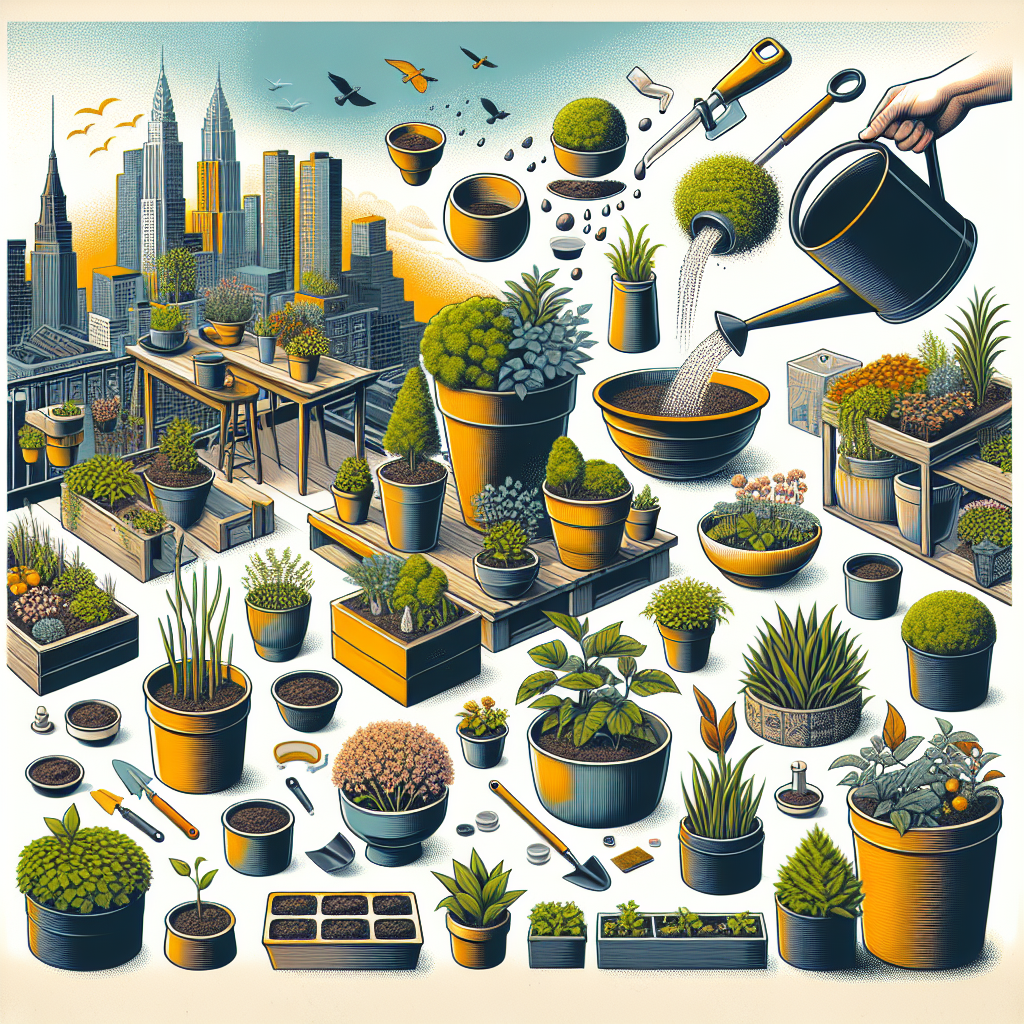
Are you looking to bring some greenery to your home but have limited space? Look no further than container gardening! With just a few simple tips, you can create a thriving and beautiful garden in any small area. In this article, we will share 10 tips that will help you create a successful container garden. From choosing the right containers to selecting the perfect plants, we’ve got you covered. So, get ready to transform your space into a lush oasis with these expert tips!
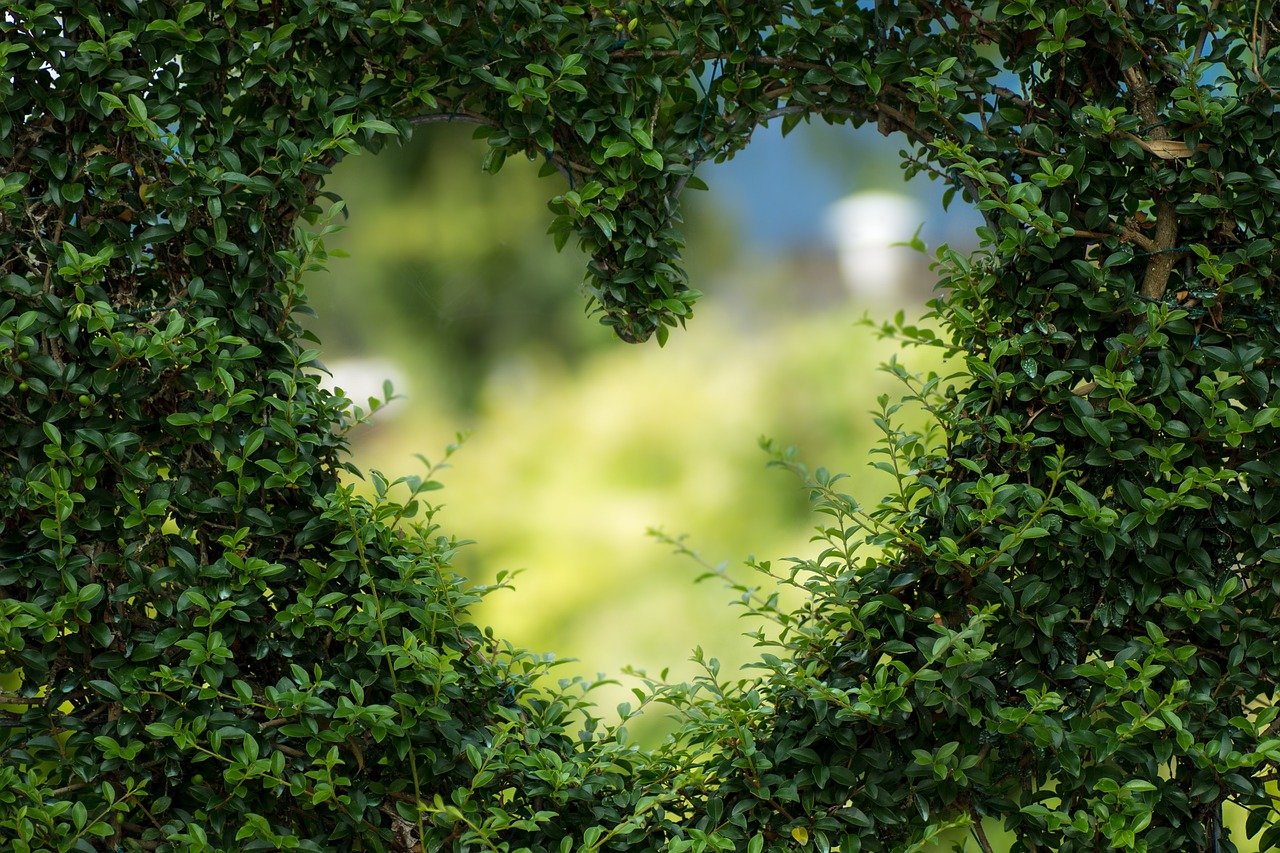
Choosing the Right Container
When it comes to container gardening, choosing the right container is essential for the health and success of your plants. Consider the size of the plants you intend to grow. Larger plants will require larger containers to ensure they have enough room for their roots to spread and grow. On the other hand, smaller plants can thrive in smaller containers.
In addition to considering the size of the plants, it is crucial to look for containers with drainage holes. Proper drainage is essential to prevent waterlogging and root rot. Without drainage holes, excess water can accumulate in the container, drowning the plants and causing them to deteriorate. So, always opt for containers that provide adequate drainage.
Another factor to consider when choosing a container is the material it is made of. There are various options available, including clay, plastic, wood, and metal. Each material has its advantages and disadvantages. Clay is porous, allowing for better air circulation and water drainage, but it can be prone to cracking. Plastic is lightweight and durable, but it may not be as aesthetically pleasing. Wood provides good insulation, but it can rot over time. Consider your specific needs and preferences when selecting the material for your container.
Lastly, ensure the container you choose is sturdy enough to withstand the weight of the plants and the elements. You don’t want a container that will topple over with every gust of wind or collapse under the pressure of the soil. Look for containers made of durable materials and check for any signs of weakness or damage before purchasing.
Selecting the Right Plants
Once you’ve found the perfect containers, it’s time to select the right plants for your container garden. Consider the growing conditions and climate of your area. Different plants have different light and temperature requirements, so choose plants that will thrive in your specific environment. If you live in a hot and dry climate, opt for drought-tolerant plants. If you have limited sunlight, choose shade-tolerant plants that can thrive in lower light conditions.
It’s also important to choose plants with similar growth requirements. Group plants together that have similar water and nutrient needs to make maintenance easier. This will ensure that all the plants in your container garden receive the appropriate care and thrive together.
Additionally, consider the size of the plants at maturity. You want to choose plants that will not outgrow their containers too quickly, as this can lead to root crowding and hinder their growth. Read the plant tags or do some research to determine the expected size of the plants when they reach maturity. This will help you select the appropriate container size and ensure that your plants have enough space to grow.
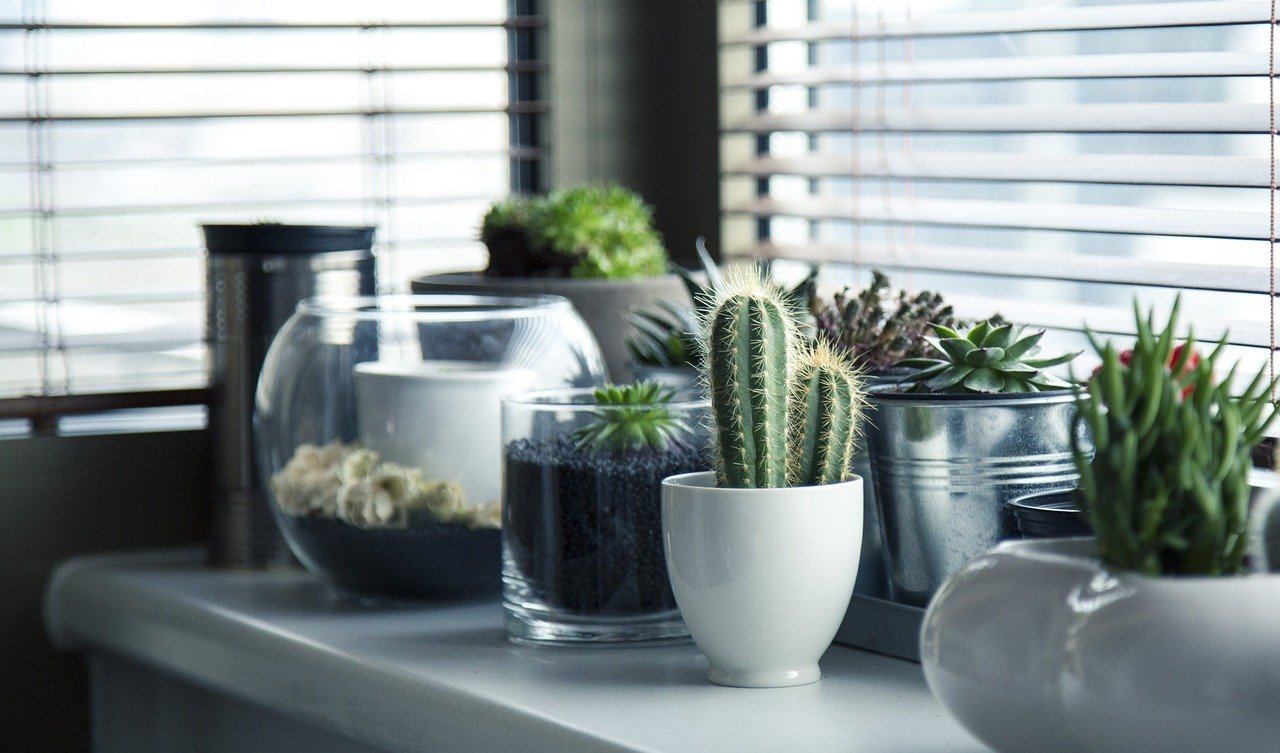
Preparing the Container
Before planting your chosen plants, it’s important to properly prepare the container. Start by cleaning the container to remove any dirt or debris that may have accumulated. This will help prevent the spread of diseases or pests.
Next, add a layer of drainage material at the bottom of the container. This can be gravel, broken pottery, or even coffee filters. The drainage material will help ensure proper water flow and prevent the soil from becoming waterlogged.
Finally, choose the right potting mix for your plants. Avoid using regular garden soil, as it may become compacted and hinder root growth in containers. Instead, opt for a high-quality potting mix specifically formulated for container gardening. These mixes are lightweight, well-draining, and contain the necessary nutrients for plant growth. Fill the container with the potting mix, leaving enough space for the roots of your plants.
Proper Watering Techniques
Proper watering is crucial for the health and success of container plants. Water the container garden regularly, especially during dry spells. The frequency of watering will depend on various factors such as the size of the container, the type of plants, and the prevailing weather conditions. Check the soil moisture regularly and water when the top inch feels dry.
Ensure proper drainage by allowing excess water to flow out of the drainage holes. Avoid letting the container sit in a saucer of water, as this can lead to waterlogging and cause root rot.
To monitor the moisture level, insert your finger into the soil up to the second knuckle. If it feels moist, hold off on watering. If it feels dry, it’s time to water. Remember that different plants have different watering needs, so observe your plants and adjust your watering routine accordingly.
While it’s important to provide enough water, it’s equally important to avoid overwatering. Overwatering can suffocate the roots and lead to root rot or fungal diseases. If you notice yellowing leaves or a foul smell coming from the soil, it may be a sign of overwatering. Adjust your watering routine accordingly to maintain the right balance of moisture.
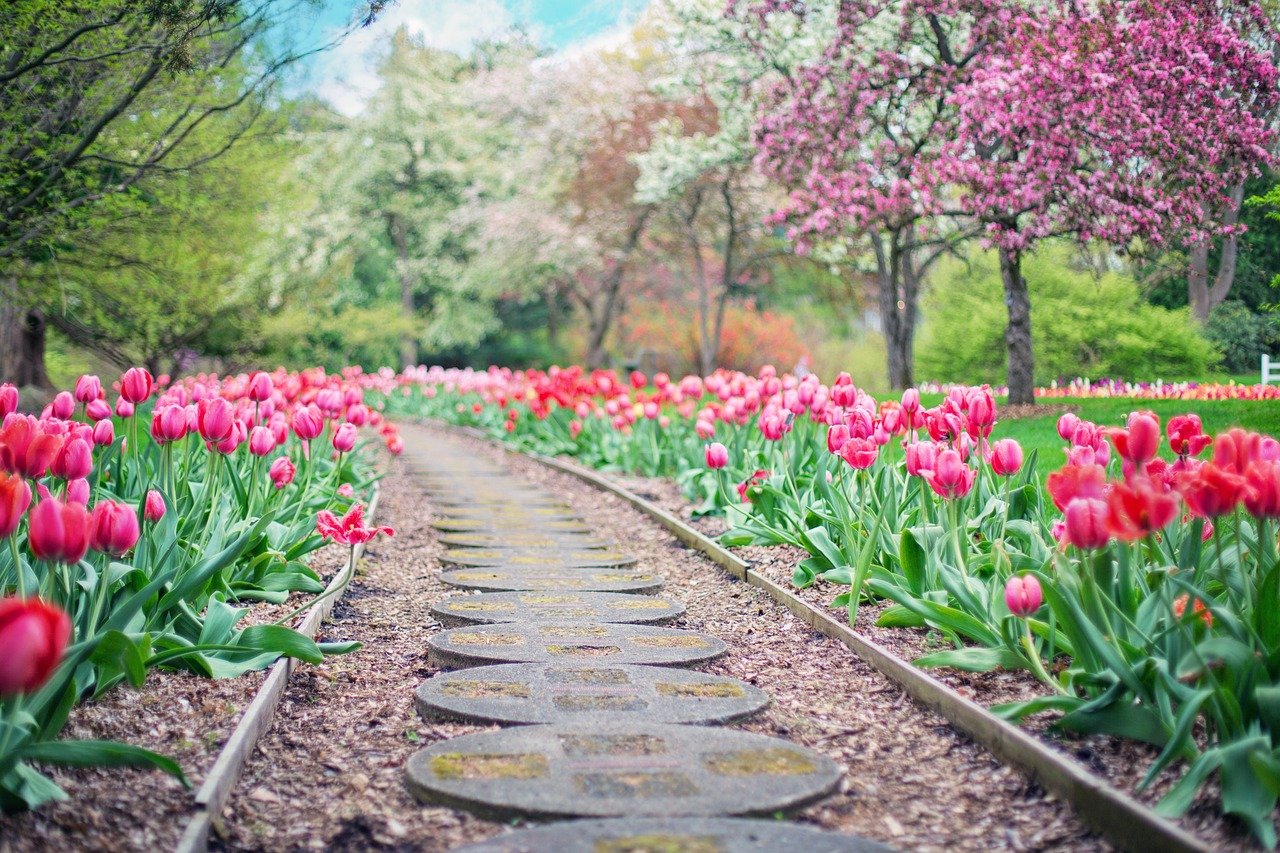
Providing Adequate Sunlight
Sunlight is essential for the growth and development of plants. When selecting a location for your container garden, choose a sunny spot that receives at least six hours of direct sunlight per day. Place your containers where they will receive the maximum amount of sunlight.
Ensure that the plants in your container garden are getting enough sunlight. Some plants may require more or less sunlight, so observe their growth and adjust their placement accordingly. If you have limited sunlight areas, consider shade-tolerant plants such as ferns or begonias that can thrive in lower light conditions.
Keep in mind that the intensity and duration of sunlight may vary depending on the season and geographical location. Observe the sunlight patterns in your area and adjust the placement of your containers accordingly to ensure your plants are getting the right amount of light.
Fertilizing Container Plants
Container plants rely on you for their nutrient supply, as the limited amount of soil does not provide an ample amount of nutrients. Fertilizing your container plants is essential to ensure they receive the necessary nutrients for healthy growth.
Use a slow-release fertilizer specially formulated for container plants. These fertilizers release nutrients gradually over an extended period, providing a consistent supply of essential elements to the plants.
In addition to slow-release fertilizers, you can also apply liquid fertilizer when needed. Liquid fertilizers are quickly absorbed by the plants, providing an instant boost of nutrients. Follow the recommended dosage and frequency provided by the manufacturer to avoid over-fertilizing, which can damage the plants.
Remember to water the container before applying fertilizer, as this will help prevent the roots from burning due to concentrated fertilizer. Apply the fertilizer evenly across the container, following the instructions on the label.
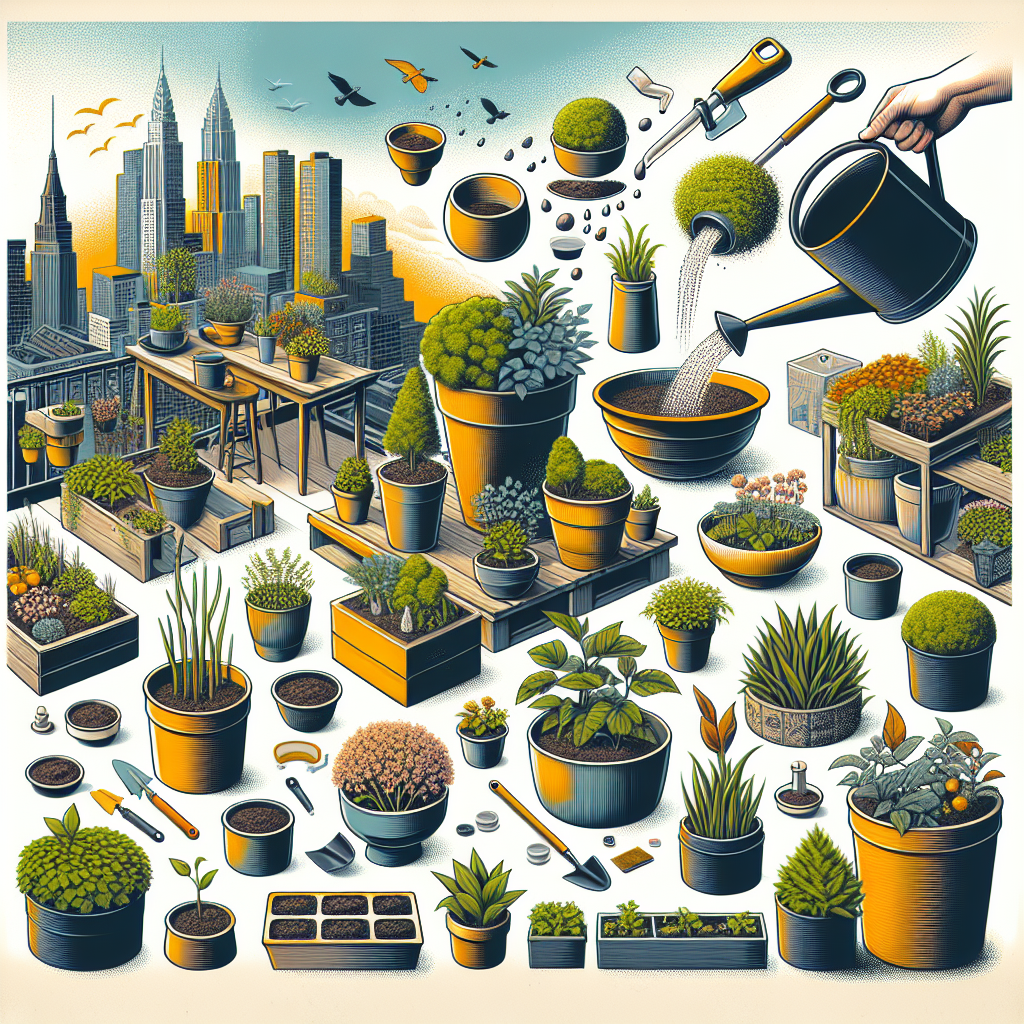
Controlling Pests and Diseases
Pests and diseases can wreak havoc on container plants, so it’s important to take proactive measures to control them. Inspect your plants regularly for signs of pests such as aphids, mealybugs, or spider mites. Early detection allows for prompt intervention, minimizing the damage.
Use organic methods of pest control whenever possible to avoid harsh chemicals that can be harmful to both your plants and the environment. For mild infestations, try spraying your plants with a mixture of water and dish soap. This can help suffocate and deter pests.
When it comes to diseases, the key is prevention. Proper watering techniques and good air circulation can help minimize the risk of diseases. However, if you notice signs of disease such as mold, mildew, or rot, take immediate action to treat the affected plants. Remove infected leaves or plants and dispose of them properly to prevent further spread.
Proper Container Maintenance
Regular maintenance is crucial to keep your container garden thriving. Prune and groom your plants regularly to remove dead or damaged leaves, promote bushier growth, and maintain the desired shape. Use clean pruning shears to make clean cuts and avoid damaging the plants.
Cleaning your containers periodically is also important to prevent the buildup of dirt, algae, or pests. Empty the containers and scrub them with a mild detergent or a mixture of water and vinegar. Rinse thoroughly and allow the containers to dry before filling them with fresh potting mix and replanting.
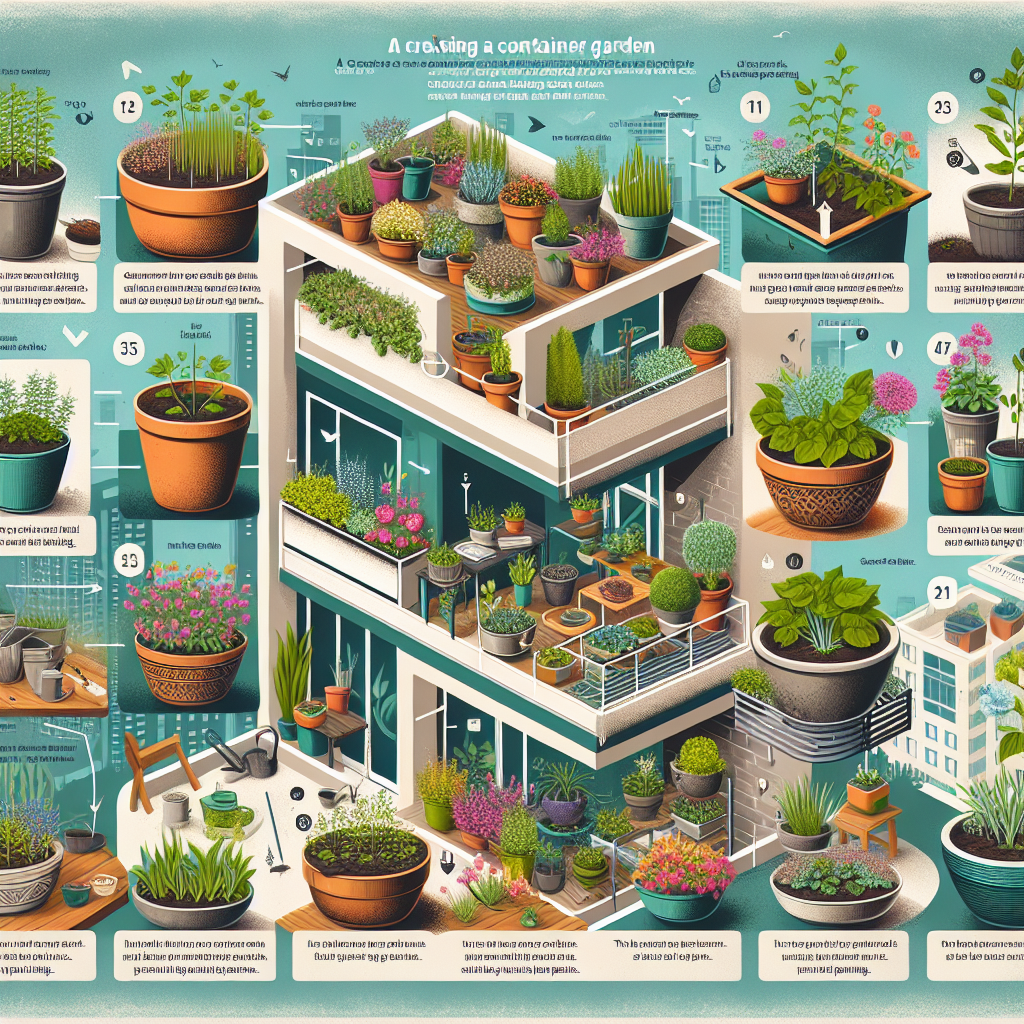
Managing Container Size
As your plants grow, you may need to manage the size of your containers to ensure their continued health and growth. Consider the growth habits of your plants. Some plants may become root-bound, where their roots become crowded and hinder their growth. If you notice roots circling around the edges of the container or protruding from the drainage holes, it’s time to take action.
Prune or divide plants when necessary to promote healthy growth. Trim back excessive growth or gently divide plants into smaller sections, removing any dead or damaged roots. This will help alleviate root congestion and stimulate new growth.
If the roots have completely filled the container, it’s time to repot the plants into larger containers. Choose a container that provides enough space for the plants to grow and expand their root systems. Use the proper potting mix and follow the same steps as when preparing the container initially.
Seasonal Care
Container gardening requires adjustments and specific care routines based on the changing seasons. In cold weather, protect your plants from frost by moving them indoors or providing insulation. Wrap containers with blankets or burlap to create an extra layer of protection. Avoid placing containers directly on cold surfaces, as this can damage the roots.
During extreme heat, provide shade or shelter to prevent your plants from suffering. Move containers to a shaded area or use umbrellas or shade cloths to protect them from the scorching sun. Ensure adequate water supply during heatwaves, as plants may require more frequent watering to stay hydrated.
Throughout the year, adjust your care routine as per seasonal requirements. Consider the specific needs of your plants during each season and make any necessary changes to watering, fertilizing, and sunlight exposure.
By following these tips and taking proper care of your container garden, you can create a thriving and beautiful outdoor space filled with a variety of plants. Enjoy the process and remember to have fun experimenting with different plants and combinations to create a personalized and stunning container garden.





